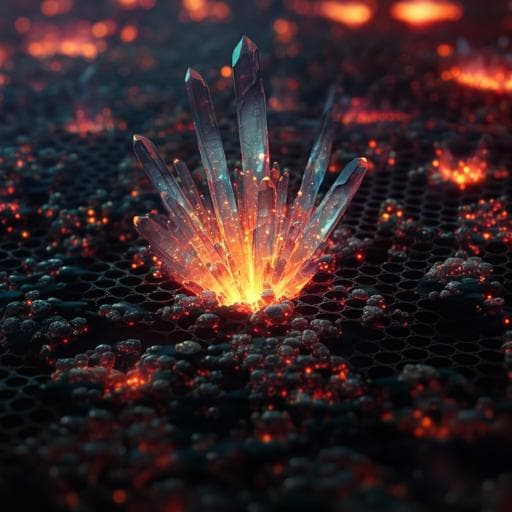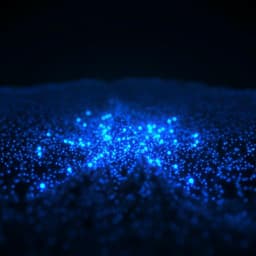
Engineering and Technology
High-efficiency crystalline white organic light-emitting diodes
Y. Liu, F. Zhu, et al.
Discover the groundbreaking advances in high-performance crystalline white organic light-emitting diodes (C-WOLEDs) developed using an innovative crystalline host matrix and nanoaggregate structure. With an astounding external quantum efficiency of 12.8%, this research by Yijun Liu, Feng Zhu, Yue Wang, and Donghang Yan promises to revolutionize the field of organic light-emitting technologies.
~3 min • Beginner • English
Related Publications
Explore these studies to deepen your understanding of the subject.







